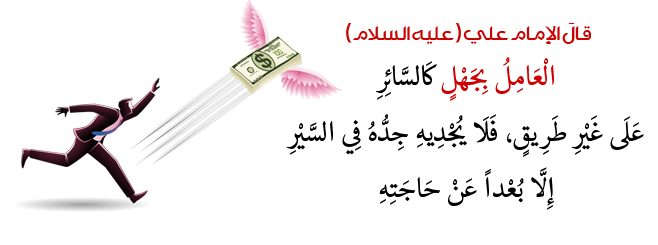


 النبات
النبات
 الحيوان
الحيوان
 الأحياء المجهرية
الأحياء المجهرية
 علم الأمراض
علم الأمراض
 التقانة الإحيائية
التقانة الإحيائية
 التقنية الحيوية المكروبية
التقنية الحيوية المكروبية
 التقنية الحياتية النانوية
التقنية الحياتية النانوية
 علم الأجنة
علم الأجنة
 الأحياء الجزيئي
الأحياء الجزيئي
 علم وظائف الأعضاء
علم وظائف الأعضاء
 الغدد
الغدد
 المضادات الحيوية
المضادات الحيوية|
Read More
Date: 19-4-2021
Date: 27-12-2015
Date: 26-4-2016
|
Crystallography
Crystals are very important for molecular biology because they are required for detailed structure determination of macromolecules using X-ray crystallography. The scientific study of crystals is very old. Its origin can be traced back to 1669 when Nicolaus Steno noticed that the angles between the faces in growing crystals remain constant. Individual crystals may differ in shape appreciably, but the angles between corresponding faces are always the same. A century later, René Just Hauy proposed that crystals are built from small units whose shape is a parallelepiped. An extensive review of the history of crystallography is given in Ref. 1. The physical properties of crystals are,
generally not equal in all directions. Their optical, magnetic, and electric properties vary with crystal direction, and this is the reason that crystals are widely used for physical measurements and in industrial processes, for instance, a quartz crystal in a clock or watch. The wealth of variable characteristics is a consequence of the regular packing of the ions, atoms, or molecules in the crystal. This internal regularity had been suggested since Hauy, but it could only be proven with the introduction of X-ray crystallography. In this technique, the crystal acts as a grating and diffracts X-rays in directions specific for the repeating distances in the crystal. In addition, it became possible to elucidate the internal structure of crystals, that is, the arrangement and structure of the molecular composition.
In the regular packing inside the crystal, three repeating vectors can be recognized: a, b, and c, with angles a, b, and g between them. These three vectors define a unit cell in the crystal lattice. From morphological crystal symmetry considerations, that is, the rotational axes, mirror planes, and centers of symmetry observed in the shape of crystals, 32 combinations of these symmetry elements ) point groups) are possible. They can be assigned to seven, and not more than seven, crystal systems (2): triclinic, monoclinic, orthorhombic, tetragonal, trigonal, hexagonal, and cubic. Internally, a crystal has more symmetry operators. Translational symmetry is added to the symmetry axes and the mirror planes. These operators can be combined in 230 different ways, leading to 230 space groups, introduced by Schoenflies and Fedorow at the end of the nineteenth century (Ref. 1, p. 114; 2).
Because biological macromolecules have an asymmetrical structure, they can only form crystals without mirror planes or centers of symmetry. This restricts the number of space groups appreciably for these molecules.
References
1. P. Groth (1926) Entwickelungsgeschichte der Mineralogischen Wissenschaften, Julius Springer, Berlin.
2. International Union of Crystallography (1992) International Tables for Crystallography, Vol. A (T. Hahn, ed.) Kluwer Academic Dordrecht, Boston, London.



|
|
|
|
التوتر والسرطان.. علماء يحذرون من "صلة خطيرة"
|
|
|
|
|
|
|
مرآة السيارة: مدى دقة عكسها للصورة الصحيحة
|
|
|
|
|
|
|
نحو شراكة وطنية متكاملة.. الأمين العام للعتبة الحسينية يبحث مع وكيل وزارة الخارجية آفاق التعاون المؤسسي
|
|
|